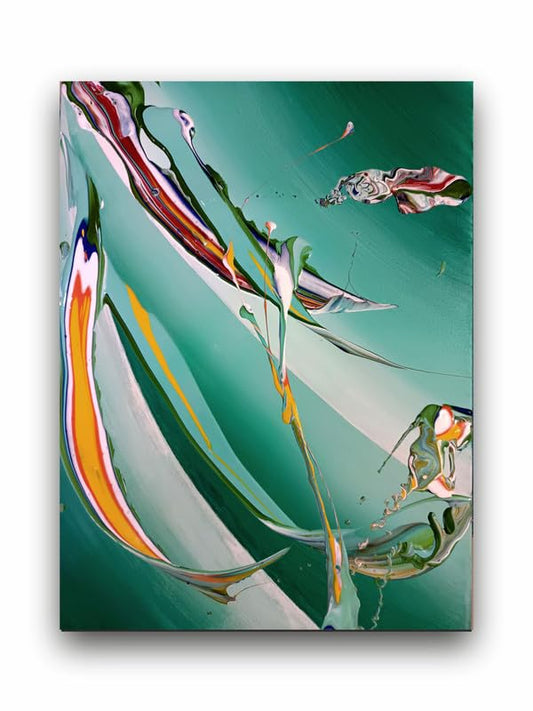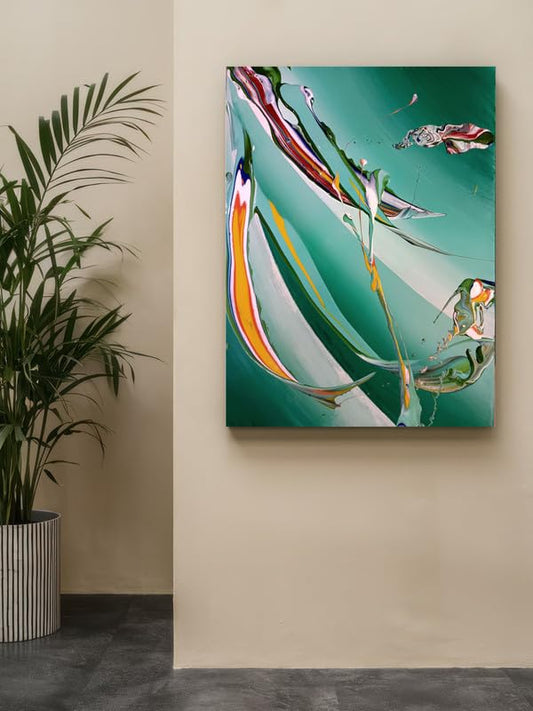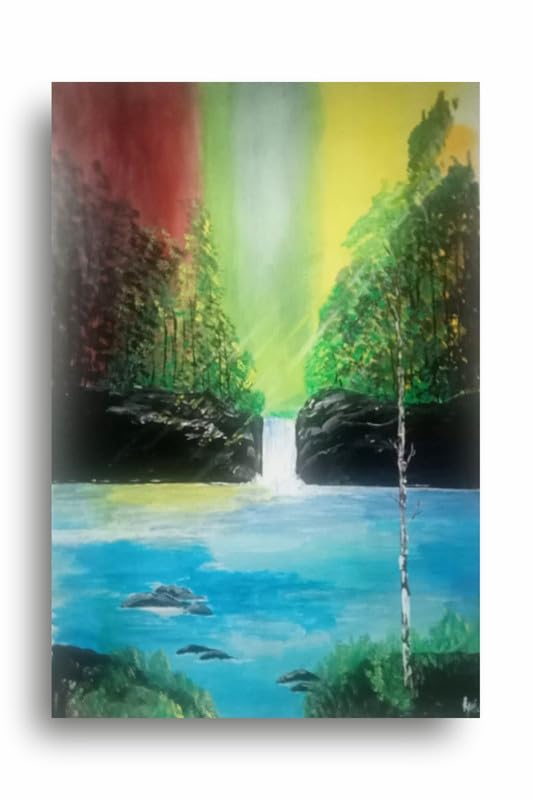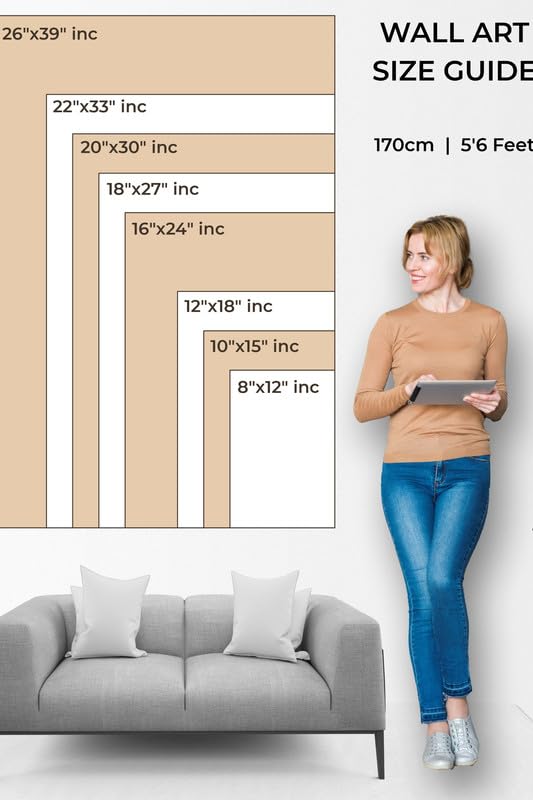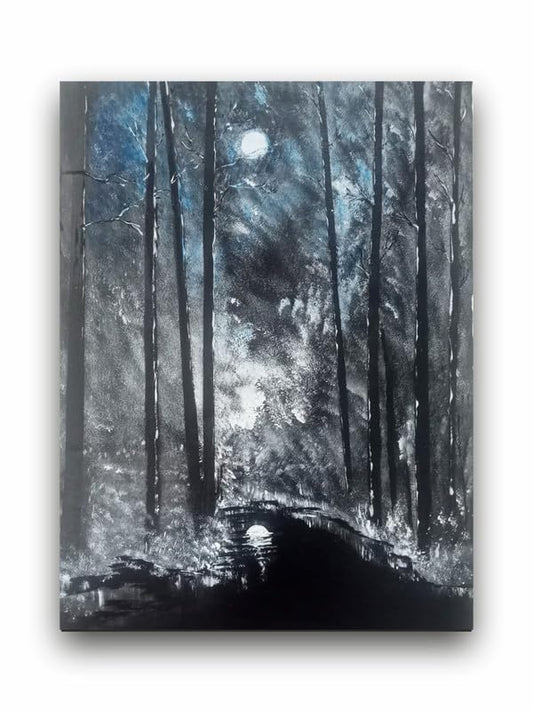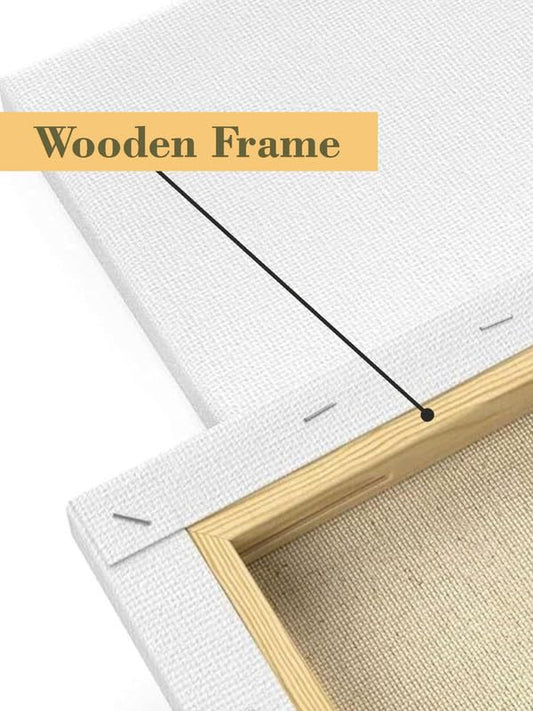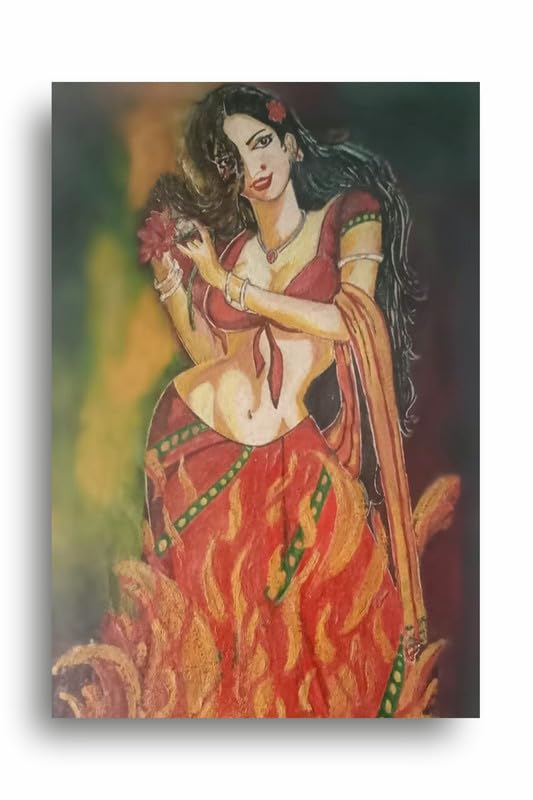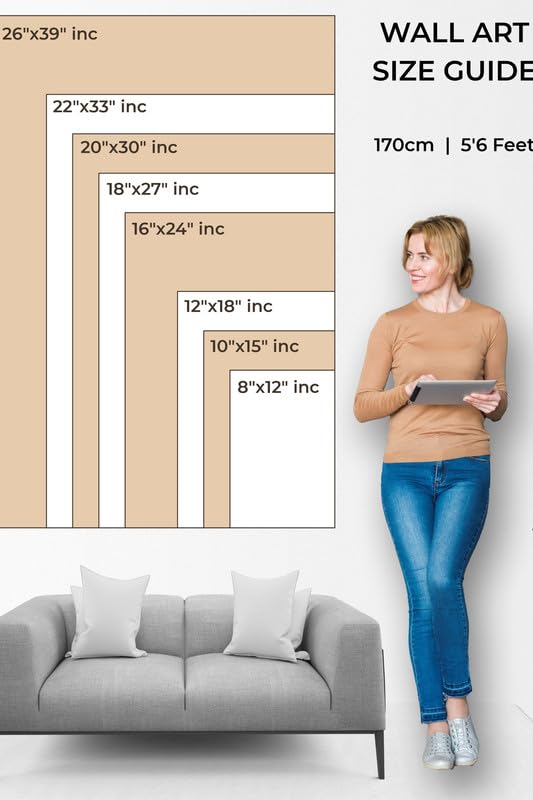
The Psychology of Abstract Art: How Colors and Shapes Affect Mood
The Psychology of Abstract Art: How Colors and Shapes Affect Mood
Abstract art is able to provoke everything in people from peace and relaxation to excitement or even discomfort. Unlike traditional art, which, as a rule, represents real life objects, abstract art functions by means of colors, shapes, and patterns. This type of art often happens to be interpreted in subjective ways by each one who perceives it. However, there's a growing amount of work on how colors and forms in abstract art have implications for our emotions and mood.
The Role of Color in Abstract Art
Colors comprise a considerable portion of shaping our response emotionally to abstract art. Colors are not merely visual stimuli but are richly linked to psychological associations. For example:
Blue: Calm, peaceful, sometimes melancholy, blues generally reduce heart rates and instill a feeling of calm. That's why you typically see blue used with art that is made to evoke a sense of peace.
Red: Energy, passion, sometimes frustration-red impacts the senses, often making the heart work harder, as it reaches out to the viewer, thus doing best for artwork that is intended to upset or connect with greater intensity and emotion.
Yellow: Bright sun yellow has a lot of evocative meanings of jollity and cheerfulness. When overused, however, it can be overwhelming and even induce feelings of edginess or frustration.
Green: Green, especially when associated with earthy undertones, is represented by balance, calmness, and renewal. In abstract painting, it is used by many artists to draw forth a sense of serenity and balance, primarily as an emotion of calmness or harmony.
Colors can also be combined to create variety of moods. A palette of warm colors (reds, oranges, yellows) tends to stimulate and energize, while cool colors (blues, greens, purples) are more calming and soothing.
Shapes and Patterns Impacts
The shapes of abstract art also carry psychological weight. Sharp, angular shapes—Triangles or jagged lines suggest tension or discomfort while soft, flowing curves—those that appear in circles or spirals—often imply comfort, calm, and unity. Even the direction of shapes matters: upward lines signify aspiration and positivity, while downward lines might evoke sadness or stagnation.
From colors and shapes, abstract art develops this huge influence towards moods. It becomes a perfect tool for specific atmospheres within a room or even within the viewer's mind. Whatever it is you're trying to do-buzz a room with bold color usage or calm your mind through soothing patterns, abstract art is wide open for endless connection depths.
Thus, in summary, the psychology behind abstract art goes well beyond mere visual appeal. Once one understands how certain colors and shapes influence mood, one will be better able to appreciate the impact that abstract art has on those feelings, providing a great tool for improving mental well-being or transforming a space into something that reflects the individual's feelings.
The Psychology of Abstract Art: How Colors and Shapes Affect Mood

